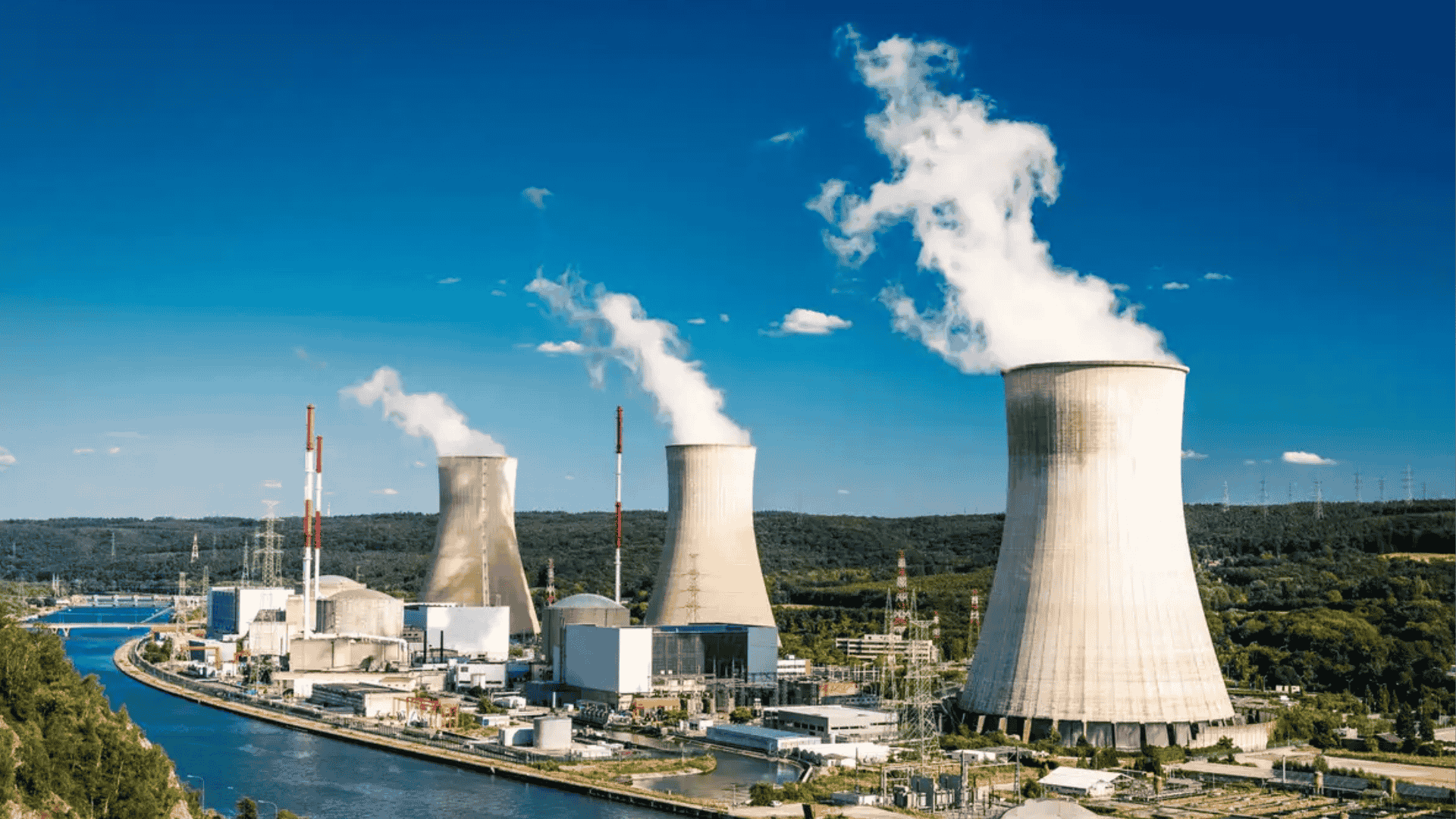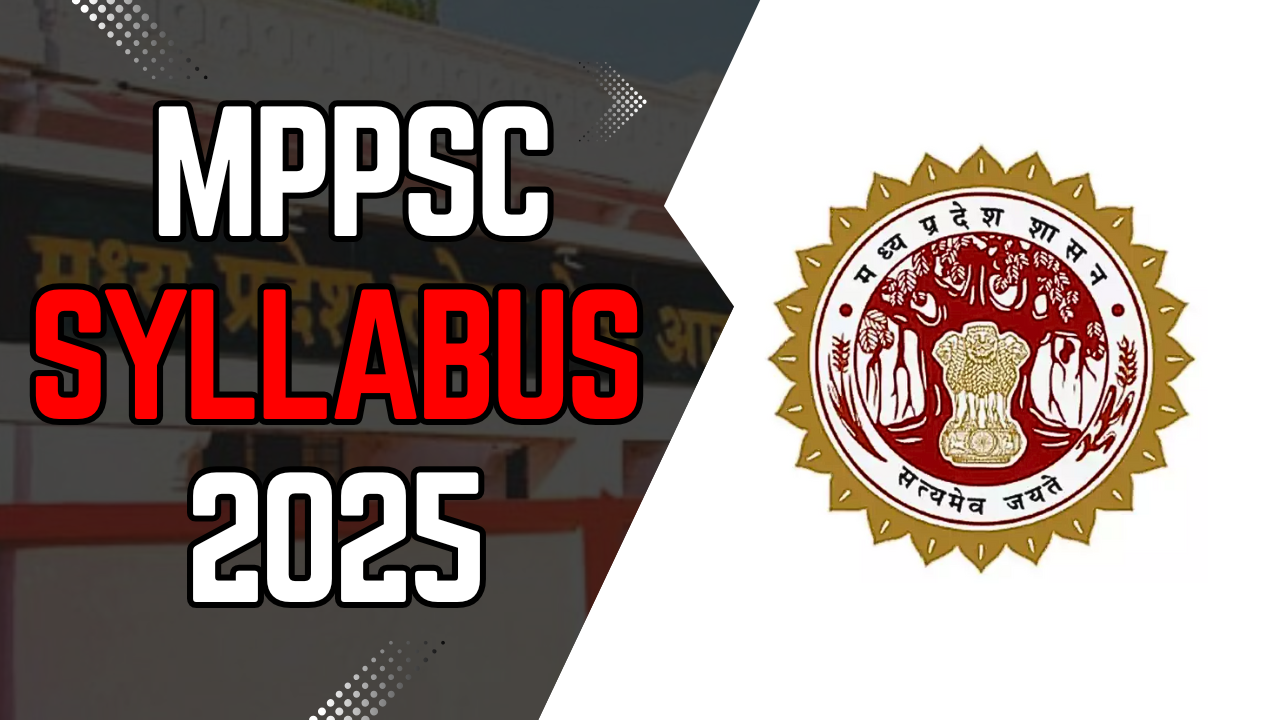India Prepares for Historic Amendments to Nuclear Liability Law
The Government of India is set to introduce comprehensive amendments to the Civil Liability for Nuclear Damage Act (CLNDA) 2010 in the upcoming monsoon session of Parliament to revitalize the nuclear energy sector. This is a crucial step towards achieving the ambitious target of 100 gigawatts of nuclear power by 2047.
Background: 17 Years of Nuclear Stalemate
These proposed amendments come 17 years after the historic India-US Civil Nuclear Agreement of 2008. Despite this landmark deal, which ended a three-decade ban on nuclear trade between the two countries, actual implementation was hampered by India’s unique nuclear liability framework.
External Affairs Minister S. Jaishankar acknowledged this challenge at the Carnegie India Global Technology Summit 2025: “The current law has not instilled enough confidence in the international nuclear industry to initiate projects in India.” He said that after trying several options, the government concluded that fundamental amendments to the law are necessary.
Key Provisions of the Current Nuclear Liability Law
CLNDA 2010: A Unique Global Framework
India’s Civil Liability for Nuclear Damage Act 2010 was among the final steps to operationalize the Indo-US nuclear agreement. The law contains several controversial provisions that distinguish it from international nuclear liability frameworks:
Operator Liability Structure:
Maximum liability capped at ₹1,500 crore (increased from the original ₹500 crore)
Government liability up to ₹2,100–2,300 crore (300 million Special Drawing Rights)
Strict no-fault liability on nuclear plant operators
Controversial Supplier Liability Clause:
Section 17(b) allows operators to seek recourse from suppliers for defective equipment
This provision goes beyond the Convention on Supplementary Compensation (CSC) framework
Section 46 potentially exposes suppliers to unlimited liability
International Framework vs. Indian Law
The international nuclear liability regime, including the CSC adopted in 1997, is based on the principle of exclusive operator liability. Operators can seek recourse from suppliers only in two cases:
Express contractual agreement
Intentional damage
However, Indian law uniquely introduces supplier liability for “patent or latent defects,” influenced by the 1984 Bhopal gas tragedy.
Proposed Amendments: Game-Changing Reforms
Key Points of the Draft Bill
According to government sources, the Department of Atomic Energy has prepared a comprehensive draft proposing significant changes:
Major Proposed Changes:
Limit compensation claims to the original contract value
Set specific time limits for liability claims
Remove unlimited liability for suppliers
Align with international norms, where the operator is primarily responsible for safety
Parliamentary Timeline
The amended bill is expected to be introduced in the monsoon session of Parliament in July 2025. This timeline aligns with Prime Minister Modi’s anticipated visit to the United States and ongoing discussions with President Donald Trump’s administration.
Nuclear Energy Mission 2025: ₹20,000 Crore Investment
Budget 2025 Announcements
Finance Minister Nirmala Sitharaman announced the launch of the Nuclear Energy Mission with an outlay of ₹20,000 crore in the Union Budget 2025-26. Key highlights of the mission:
Small Modular Reactor (SMR) Development:
R&D program for indigenous SMRs
Target: Five SMRs operational by 2033
Deployment in industrial zones and remote areas
Private Sector Participation:
Amendments to the Atomic Energy Act 1962 to allow private investment
Up to 49% foreign investment permitted in nuclear power plants
Government approval required for foreign investments
Ambitious 2047 Target
Union Minister Jitendra Singh stated that to achieve 100 GW nuclear capacity, India must add around 4 GW annually. Currently, India operates 22 nuclear reactors with a total capacity of just over 8 GW, representing only 2% of installed electricity capacity.
Impact on Stalled Foreign Projects
Jaitapur Nuclear Power Project
The French-backed Jaitapur project, signed in 2009, has been stalled for over a decade. The project involves Electricité de France (EDF) constructing six nuclear reactors with a total capacity of 10,380 MW. Recent developments:
Environmental clearance under renewal after expiry in December 2022
Technical agreements finalized, commercial terms under discussion
Expected to contribute 10% of India’s 100 GW nuclear target
US Companies’ Interest
Following the amendment announcements, major American nuclear companies have shown renewed interest:
Westinghouse Electric: Plans for six reactors in Kovvada, Andhra Pradesh
General Electric: Expected to enter the market post-amendments
Both companies had previously cited liability concerns as the main obstacle
International Context and Strategic Importance
India-US Nuclear Relations
The proposed amendments coincide with improved India-US nuclear cooperation. In January 2025, Washington lifted restrictions on three Indian nuclear entities, opening new avenues for collaboration. The amendments are crucial for:
Concluding bilateral trade deals worth $500 billion by 2030
Strengthening the strategic partnership with the US
Attracting global nuclear technology and investment
Global Nuclear Renaissance
According to the International Energy Agency (IEA), nuclear power generation is projected to reach record levels in 2025, driven by global low-carbon transition efforts. India’s amendments align with this global nuclear renaissance and climate commitments.
Legal and Constitutional Challenges
Section 46 Ambiguity
Legal experts note that Section 46 of the CLNDA allows civil liability claims under other laws, potentially exposing suppliers to unlimited liability despite operator liability caps. This provision contradicts the Act’s objective of channeling liability exclusively to operators.
CSC Compliance Issues
India ratified the Convention on Supplementary Compensation in 2016, but the supplier liability provisions potentially conflict with CSC’s exclusive operator liability principle. The proposed amendments aim to resolve this inconsistency.
Why this matters for your exam preparation
Relevance for UPSC Prelims
Science & Technology: Nuclear energy, reactor technology, Small Modular Reactors (SMRs)
Current Affairs: Recent policy changes, international agreements, energy security
Polity: Legislative process, constitutional amendments, parliamentary procedures
International Relations: India-US relations, nuclear cooperation agreements, strategic partnerships
Importance for UPSC Mains
GS Paper II (Governance): Policy formulation, legislative challenges, government initiatives
GS Paper II (International Relations): Bilateral agreements, strategic partnerships, energy diplomacy
GS Paper III (Economy): Energy sector reforms, foreign investment policy, infrastructure development
GS Paper III (Environment): Clean energy transition, climate change mitigation, sustainable development
Key Terms for Revision
CLNDA 2010: Provisions and controversies of the Civil Liability for Nuclear Damage Act
Section 17(b): Unique supplier liability clause in Indian law
CSC Framework: Principles of the Convention on Supplementary Compensation
Nuclear Energy Mission: ₹20,000 crore government initiative for 2025
SMR Technology: Small Modular Reactors and their strategic importance
100 GW Target: India’s nuclear capacity goal by 2047
Exam Strategy Tips
Connect nuclear liability reforms with India’s energy security strategy
Understand the balance between attracting foreign investment and domestic safety concerns
Analyze the role of international law in shaping domestic nuclear policy
Study the historical context of the Bhopal gas tragedy’s influence on current legislation
Examine the intersection of nuclear policy with climate change commitments and sustainable development goals
This development marks a crucial turning point in India’s nuclear energy policy, making it essential knowledge for comprehensive current affairs preparation for competitive exams.
Internal Links:
India's Energy Security Strategy and Nuclear Power
India-US Strategic Partnership: Defence and Technology Cooperation
External References:
IAEA: Convention on Supplementary Compensation for Nuclear Damage
Ministry of External Affairs: India-US Civil Nuclear Cooperation






